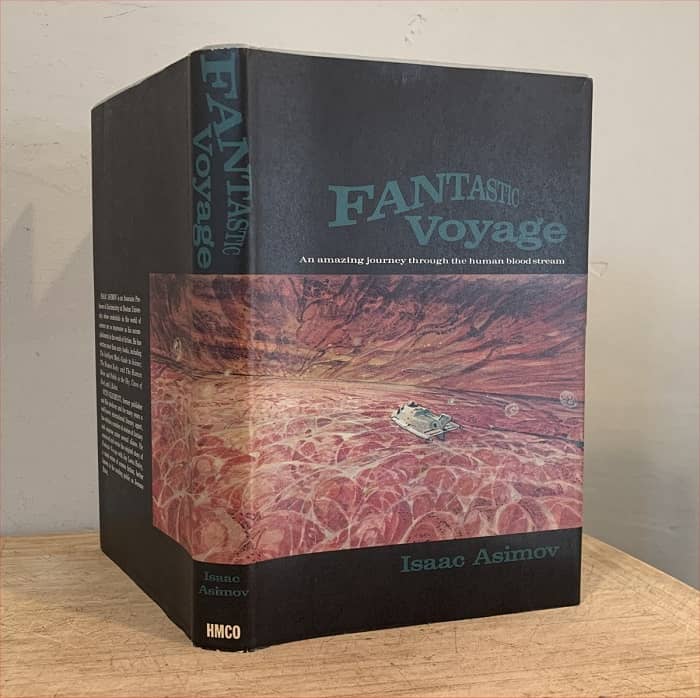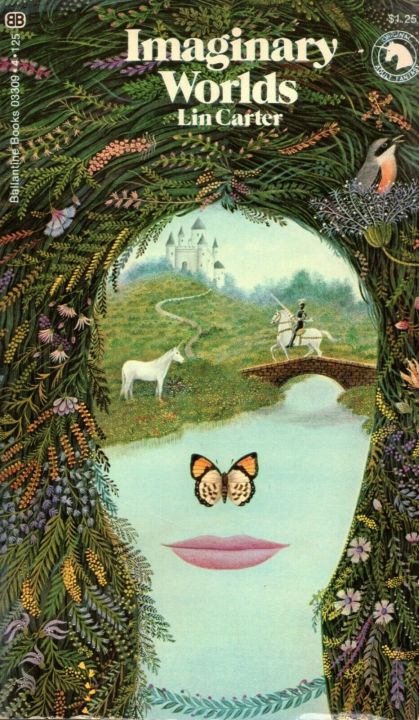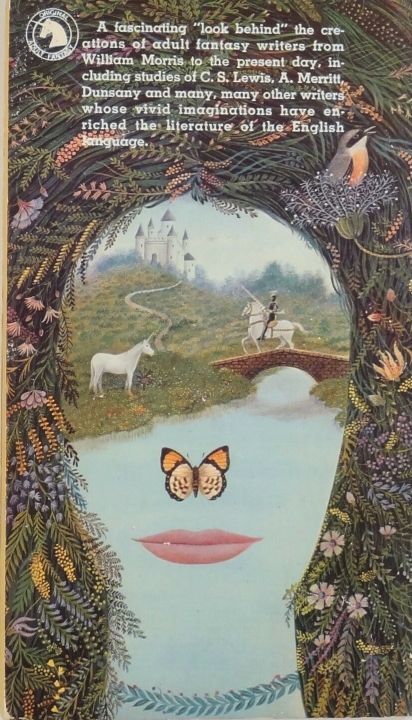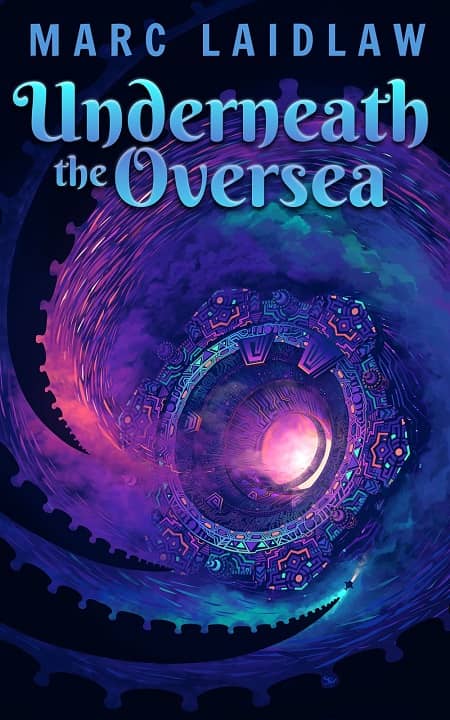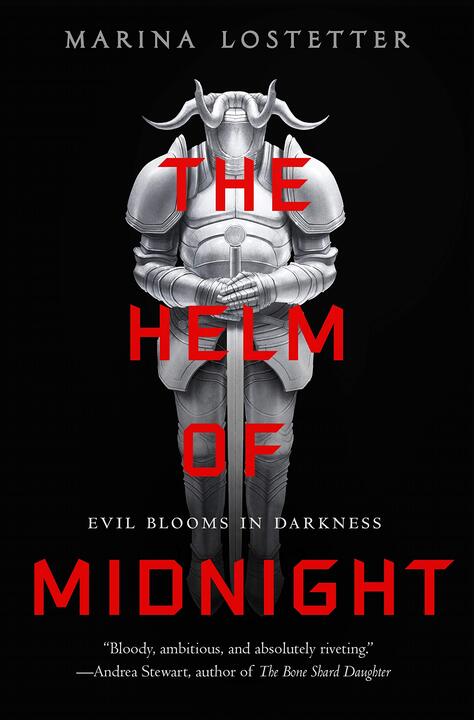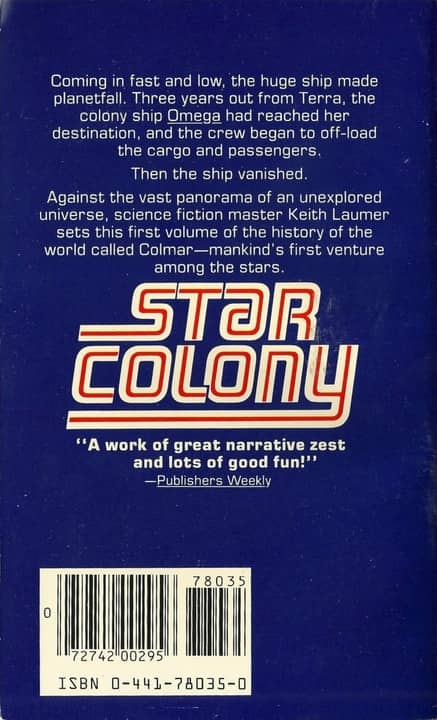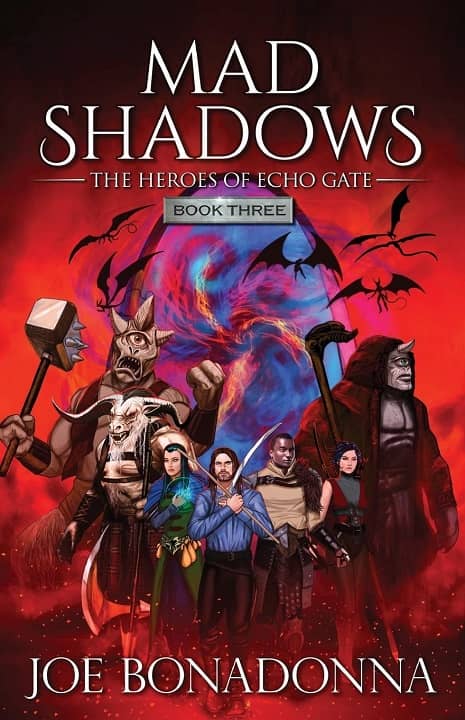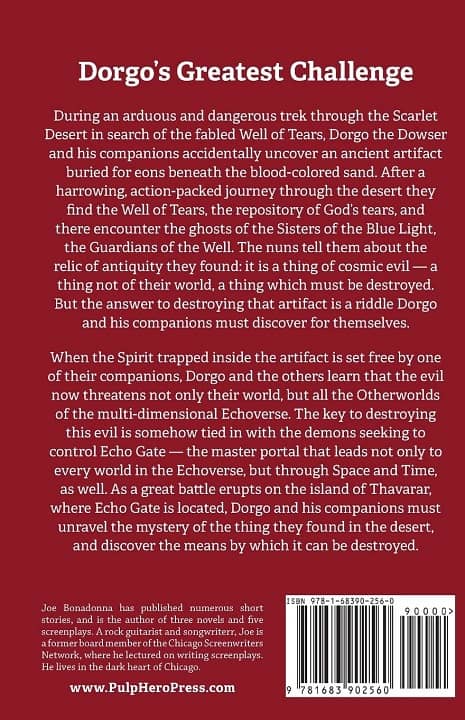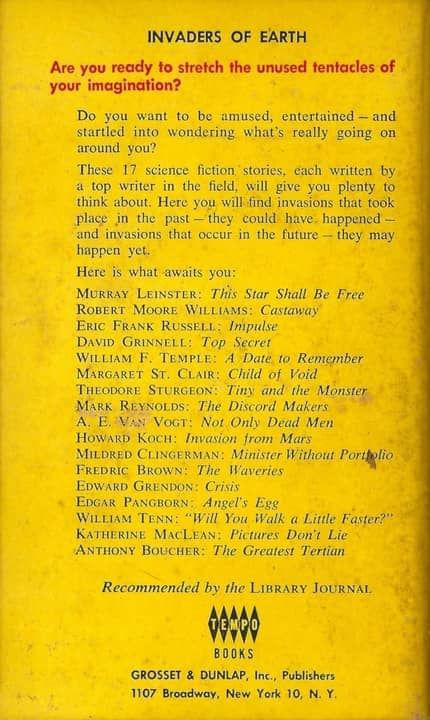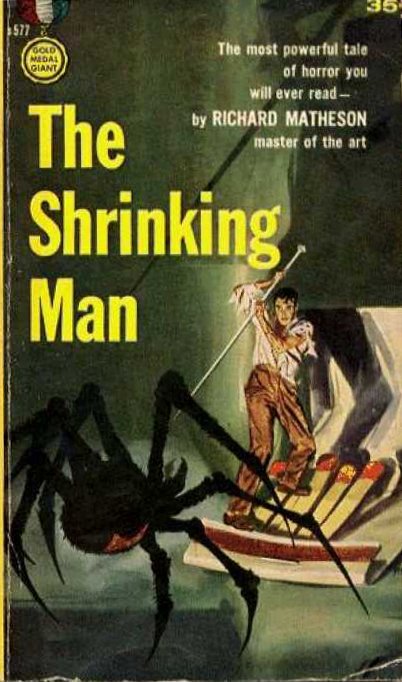Isaac Asimov’s Fantastic Voyage from Film to Novel
Fantastic Voyage by Isaac Asimov
First Edition: Houghton Mifflin, March 1966, Cover art Dale Hennesy
(Book Club edition shown)
Fantastic Voyage
by Isaac Asimov
Houghton Mifflin (239 pages, $3.95, Hardcover, March 1966)
Cover art Dale Hennesy
Isaac Asimov’s early novels were published over a period of just eight years, from Pebble In the Sky in 1950 to The Naked Sun in 1957, with linked collections like I, Robot and the Foundation “novels” along the way. Some of his early short stories, published in magazines as early as 1939, weren’t collected into books until the 1960s, but for the most part Asimov had stopped writing science fiction by the late 1950s, perhaps because of the collapse of the SF magazine market, or perhaps because he’d discovered that writing nonfiction books was more lucrative and easier. As Asimov fans were painfully aware of at the time, a spell of some 15 years went by before he published his next original novel, The Gods Themselves in 1972, to great acclaim and awards recognition. (And then yet another decade went by before Asimov returned to regular novel writing, with Foundation’s Edge and a string of following novels derived from his Foundation and Robot universes.)
—Except for a book called Fantastic Voyage, in 1966, which was a novelization of a movie script.
…
